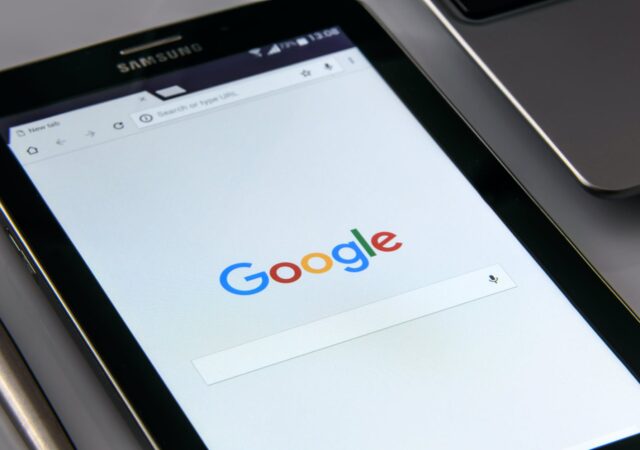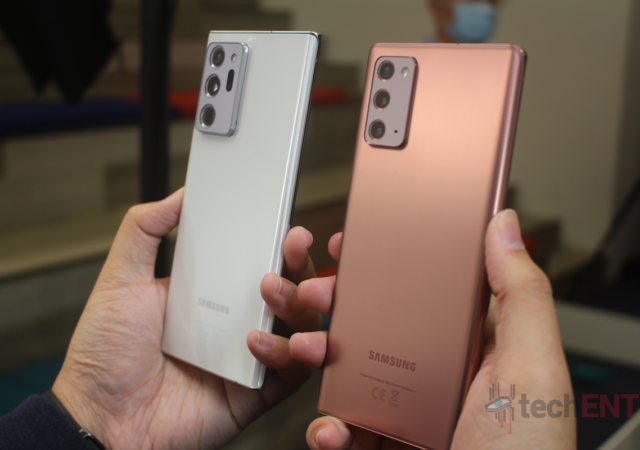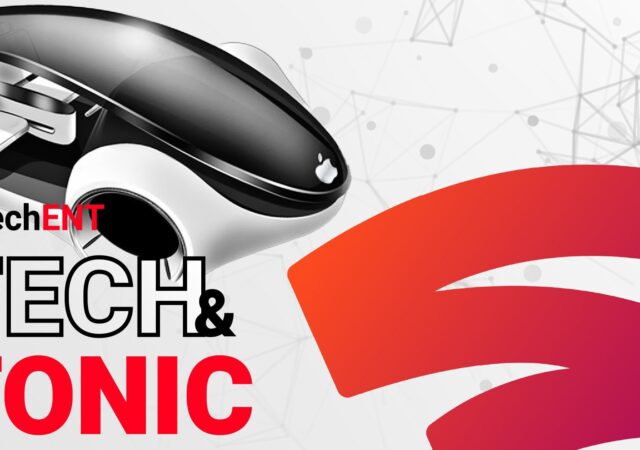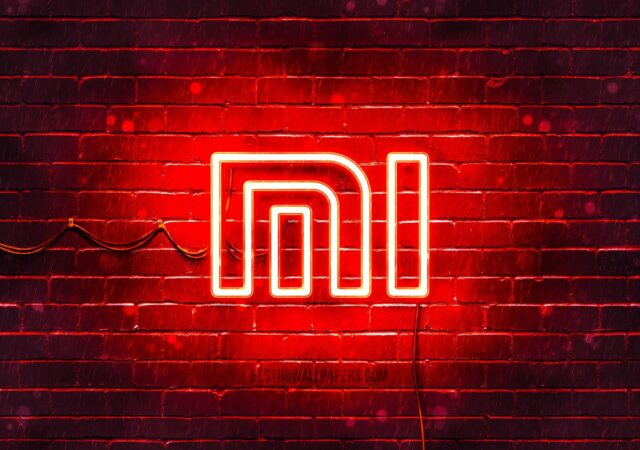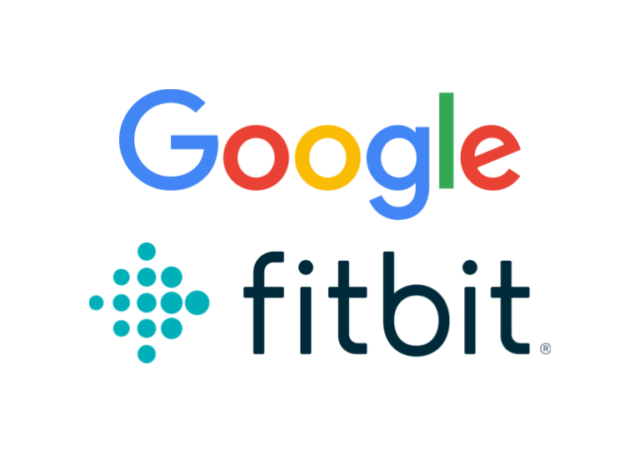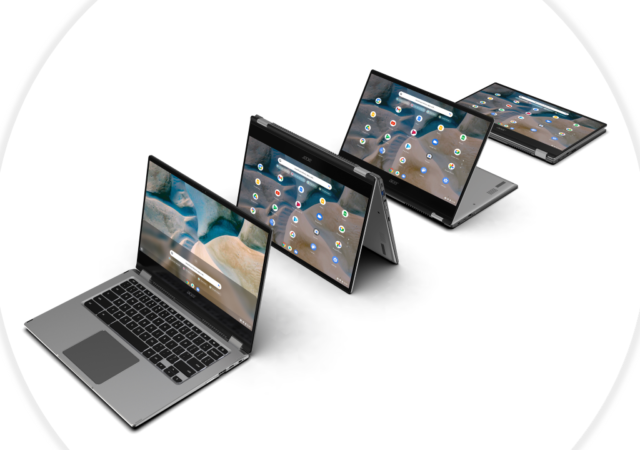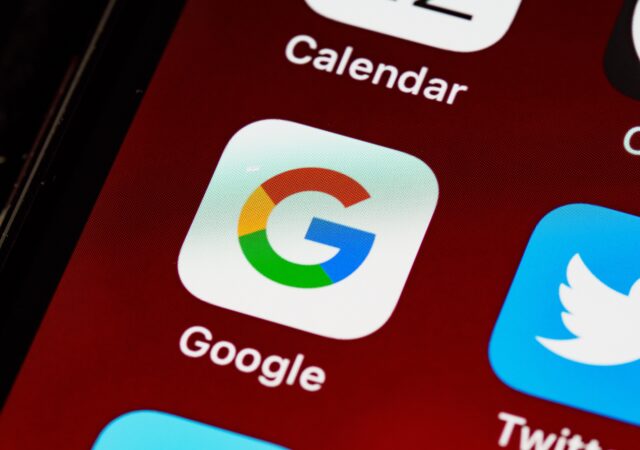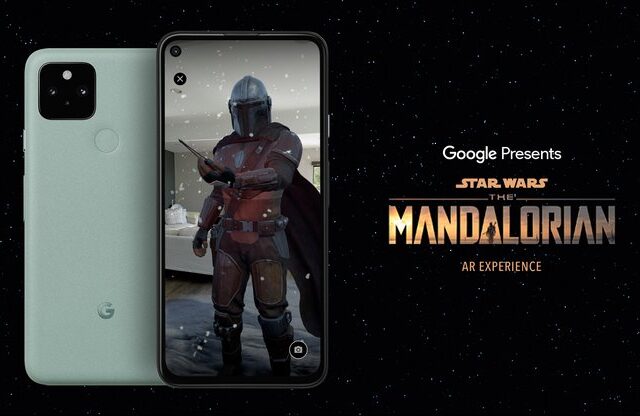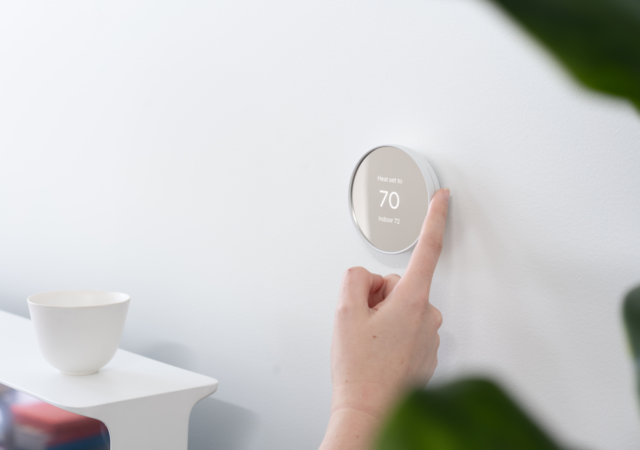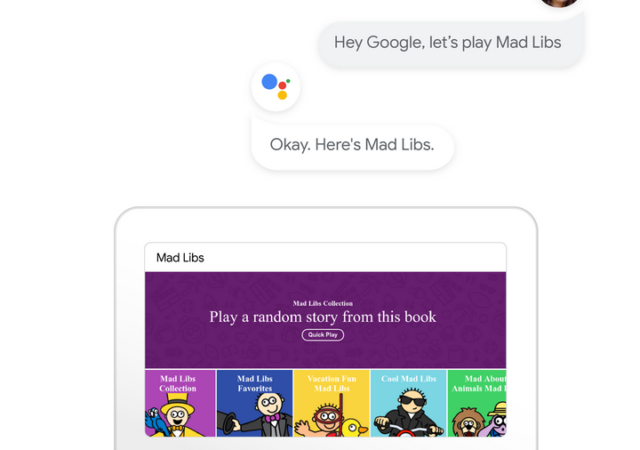Google comes under fire as users discover that Google Chrome’s incognito isn’t really incognito.
Samsung Ups Its Commitment to Security with 4 Years of Support for Devices
Samsung commits to providing updates to their devices beyond Google’s Andorid OEM requirements.
Tech & Tonic Podcast: Apple Car & Google Stadia – Vision or Fiction?
We are back for another episode of Tech & Tonic Podcast. In this episode of the Tech & Tonic show, we look deeper into Apple’s Car project and whether or not Apple is reaching too far out from their own…
Xiaomi Promises GMS Will Remain on Its International Devices
Xiaomi addresses concerns head on about the availability of Google Mobile Services on its upcoming smartphones.
It’s Official; Fitbit is now Google’s. What Does This mean?
Fitbit is now officially acquired by Google. The acquisition is part of Google’s bid to complete its manufacturing capabilties.
[CES 2021] AMD Powered Acer Chromebook Spin 514 Unleashed
Acer announces a new Chromebook Spin 514 at CES 2021 powered by AMD’s Ryzen 3000C processors and complemented with RADEON Vega graphics.
It’s Not Just You… Google Services are down! [Update: Issue Seems to be Resolved]
Google Services seem to be facing a worldwide outage. Details are scant but it seems to be affecting more than just their in-house apps.
The Mandalorian Comes To Mobile with Goolge ARCore
Can get enough of Mando and Baby Yoda? Google is bringing The Mandalorian to a 5G smartphone near you with ARCore.
Google’s New Nest Thermostat is designed with Simplicity in Mind
Google announces a new range of Nest Thermostat for the U.S. and Canadian markets with a new design and look.
Google Assistant Is Now Integrated Deeper Than Ever With App Actions
Google introduces the App Actions feature for Google Assistant. App Actions is a deeper integration into apps with Google Assistant.



